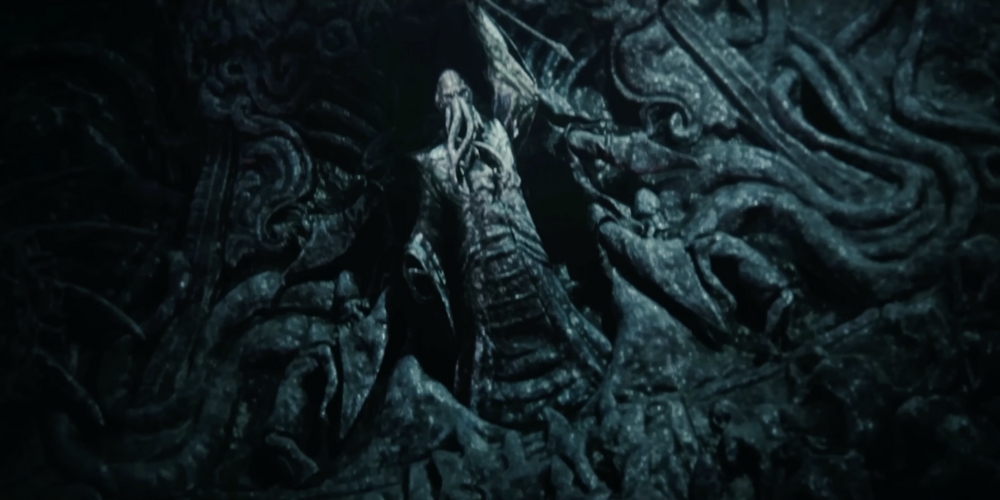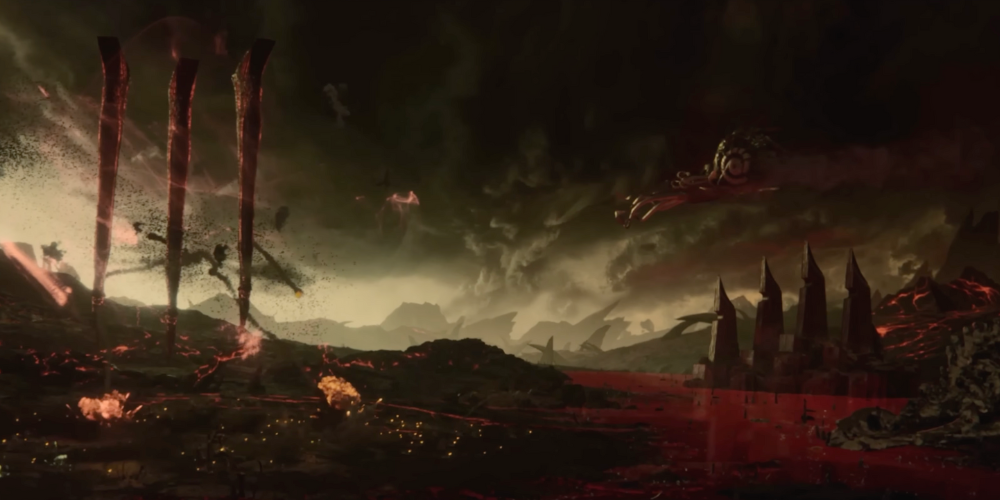How Player Choices Shape Narratives in Baldur's Gate 3
- 2024-04-29 06:30

In the realm of role-playing games (RPGs), player agency and narrative depth are pillars that define the genre's appeal and longevity. Baldur's Gate 3, developed by Larian Studios, stands as a paragon of how intricate and dynamic these elements can be. Set in the richly detailed Dungeons & Dragons universe, the game not only offers a vast playground of fantasy and adventure but also intricately weaves player decisions into its narrative fabric, creating a personalized storytelling experience that is both engaging and reflective of player choices. This article delves into the various ways in which Baldur's Gate 3 allows players to shape its world and the consequences those decisions bear on the game's unfolding story.
Character Creation and Initial Setup
The journey into the narrative personalization of Baldur's Gate 3 starts at character creation. Gamers can choose from a variety of races and classes, each bringing unique abilities and potential interactions within the game world. More than just cosmetic, these choices influence dialogue options, available quests, and interactions with other characters. For instance, a character's race might affect how they are perceived in the world, leading to racial biases or advantages in certain situations.

Additionally, players can select a background for their character which further enriches the narrative experience. A character with a criminal background will have different dialogue options than one who served as a noble, directly affecting how the story unfolds and expands the depths of role-playing by aligning the player's experience with their character's history.
Dialogue Choices
One of the most direct ways in which players can influence the narrative in Baldur's Gate 3 is through dialogue choices. With a complex dialogue system, the game offers multiple options for interaction, each reflecting different personalities and approaches to situations. Selecting certain actions can result in significantly divergent consequences, both in the short run and over time. For example, offering sympathetic assistance to a character in trouble may earn you their allegiance and help in the future, while reacting indifferently could alienate someone who might have become a helpful ally.

The significance of these choices is amplified by the game's attention to detail and its emphasis on consequential storytelling, where no decision is without potential repercussions. This system fosters a sense of true role-playing engagement as players must think critically about how their choices align with their character’s identity and objectives.
Quest Decisions
Quests in Baldur's Gate 3 often present multiple paths to success, each leading to different narrative branches. Deciding how to approach a quest — whether through combat, diplomacy, or stealth — can alter not only the immediate outcome but also set a precedent for how the world reacts to the player’s character. These quests often involve morally gray choices, pushing players to weigh their decisions against the potential benefits and consequences for both their characters and the broader world.

Moreover, the way players resolve these quests can lead to significant shifts in the political and social landscape of the game, affecting everything from which factions hold power to how certain races or groups are treated within the story. This dynamic system ensures that the narrative remains fluid and responsive to the player’s actions and decisions.
Companions and Relationships
Companions in Baldur's Gate 3 are not mere followers but are fully fleshed out characters with their own motivations, backgrounds, and arcs. Players’ interactions with these characters, and the choices they make concerning them, significantly impact both the companions’ development and the overall narrative. Building a relationship with companions by learning more about their history and helping (or hindering) their personal quests not only alters their behavior and skills but can also change their fate within the storyline.
The depth of relationship mechanics in the game extends to potential conflicts and romances, each offering unique narrative branches that enhance the emotional depth of the story. These relationships culminate in a cooperative dynamic that can either forge a strong team or lead to internal strife, based on the player's choices.
Endgame Variability

The culmination of all these choices leads to significant variability in the game’s endgame scenarios. Multiple endings are available, based on how the myriad of player decisions throughout the game have interacted and compounded. This not only encourages multiple playthroughs but also emphasizes the game’s design philosophy that every choice matters.
The endgame reflects the broader narrative arc but is personalized to the player's experiences and choices, providing a fulfilling closure that feels earned and reflective of the journey they undertook. Whether it's achieving peace among warring factions, seizing power for oneself, or sacrificing everything for the greater good, the endgame serves as a mirror to the player’s values and strategies employed throughout the playthrough.
Conclusion
The interactive and dynamic narrative structure of Baldur's Gate 3 sets a high standard for RPGs, where player choices are not only abundant but come with significant and meaningful consequences. The game’s ability to blend player agency with a complex narrative landscape offers a genuinely personalized gaming experience that resonates with the aspirations and reflections of the player. Each choice carries weight, making every decision an impactful component of the unfolding narrative, ensuring that each playthrough becomes a unique storytelling journey.





